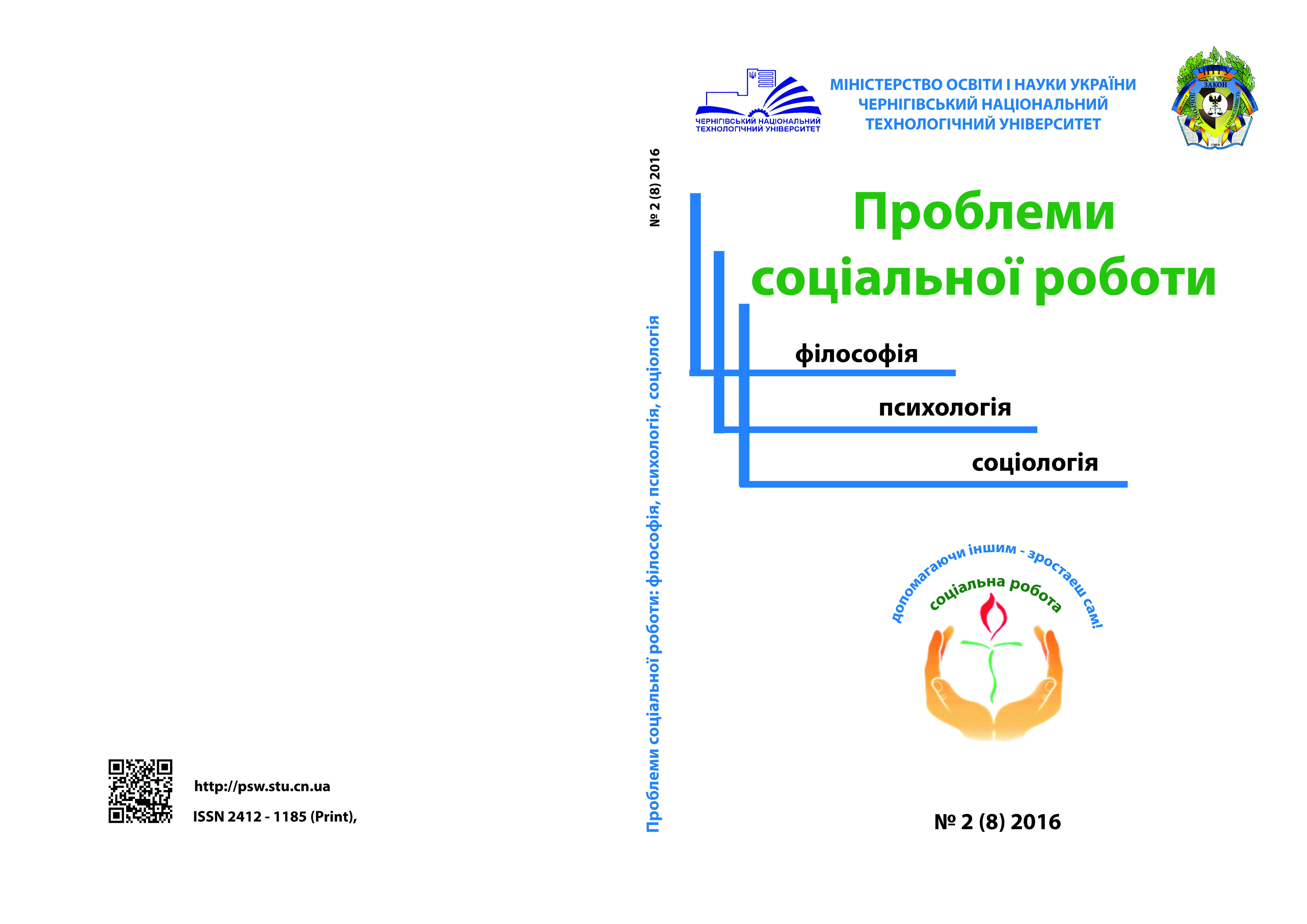BYZANTINE AESTHETICS OF THE ASCETICISM: TRADITIONS OF STUDY
Keywords:
the aesthetics of the asceticism, the aesthetics of the patristic doctrine, the historical and aesthetical byzantology, the asceticism, the religious philosophyAbstract
The author of the article makes an attempt to analyse definite approaches of understanding the Byzantine ascetic and aesthetical tradition (the aesthetics of the asceticism) in order to point out the quite adequate methodological principles for the modern historical and aesthetical byzantology. First of all, A. Tsarenok underlines the obvious value of famous philosopher V. By chkov’s exploration of the aesthetical doctrines of Byzantium and of the aesthe tics of the asceticism in particular. At the same time, the author of the study tries to prove that V. Bychkov makes a mistake, conventionally characterizing as the aesthetics of the asceticism only the doctrine accepted by the Byzantine monks. Moreover, according to A. Тsarenok’s oppinion, it is methodologically inc orrect not to identify the Orthodox ascetic and aesthetical tradition with the aesthetics of the patristic doctrine: at least the vast majority of represants of the latter (e. g. st. Vasiliy the Great, st. Grigoriy, bishop of Niss) are the true champions of the asceticism. Besides the author of the article does not agree with the statement that the Christian asceticism turns the Christianity in the principally anti-aesthetical religion (see the study by M. Kagan). Such interpretations are based upon the popular stereotype, according to which Christian ascetics preach the radically negative attitude to the somatic beauty. But the thorough analysis of the main principles of the aesthetics of the asceticism helps to understand that these stereotypical oppinions are not true. Finally, A. Tsarenok draw attention to the historical and aesthetical potential of studies by the famous religious philosophers of XXth century the priests P. Florenskiy and S. Bulgakov, who point out the strong aesthetic aspect of the Orthodox ethics (moral and ascetic theology). The corresponding religious and philosophical paradigm represents the reliable methodological basis for the modern historical and aesthetical byzantology and medievistics.References
Бердяев, Н. А. Творчество и аскетизм. Гениальность и святость / Н. А. Бердяев // Философия творчества, культуры и искусства. – М., 1989. – Т. 1. – Ч. 1. – С. 163–180.
Булгаков, С., протоирей. Православие. Очерки учения Православной Церкви / протоирей Сергий Булгаков. – К. : Либідь, 1991. – 238 с.
Бычков, В. В. Малая история византийской эстетики / Виктор Васильевич Бычков. – К. : Путь к Истине, 1991. – 407 с.
Каган, М. С. Эстетика как философская наука / М. С. Каган. – СПб. : ТОО ТК “Петрополис”, 1997. – 544 с.
Карсавин, Л. П. Монашество в средние века : учеб. пособие / Лев Платонович Карсавин ; [вступит. статья, коммент. М. А. Бойцова]. – М. : Высшая школа, 1992. – 191 с.
Маслюк, Л. І. Розуміння святості у вітчизняному філософському дискурсі ХХ ст. / Людмила Іванівна Маслюк // Вісник Чернігівського державного педагогічного університету імені Т. Г. Шевченко. Серія : філософські науки. - 2009. – № 66. – С. 132–135.
Татаркевич, В. Історія шести понять: Мистецтво. Прекрасне. Форма. Творчість. Відтворництво. Естетичне переживання / Владислав Татаркевич [пер. з пол. В. Корнієнка]. – К. : Юніверс, 2001. – 368 с.
Удальцова, З. В. Византийская культура / Зинаида Владимировна Удальцова. – М. : Наука, 1988. – 288 с.
Флоренский, П. А. Столп и утверждение Истины / священник Павел Флоренский. – М. : Правда, 1990. – 840 с.
Хоружий С. С. К феноменологии аскезы / С. С. Хоружий. – М. : Издательство гуманитарной литературы, 1998. – 352 с.
Downloads
Issue
Section
License
Copyright (c) 2017 Chernihiv National University of Technologies

This work is licensed under a Creative Commons Attribution-NonCommercial 4.0 International License.
1. Політика, яка рекомендується журналам, що пропонують відкритий доступ Автори, які публікуються у цьому журналі, погоджуються з наступними умовами:- Автори залишають за собою право на авторство своєї роботи та передають журналу право першої публікації цієї роботи на умовах ліцензії Creative Commons Attribution License, котра дозволяє іншим особам вільно розповсюджувати опубліковану роботу з обов'язковим посиланням на авторів оригінальної роботи та першу публікацію роботи у цьому журналі.
- Автори мають право укладати самостійні додаткові угоди щодо неексклюзивного розповсюдження роботи у тому вигляді, в якому вона була опублікована цим журналом (наприклад, розміщувати роботу в електронному сховищі установи або публікувати у складі монографії), за умови збереження посилання на першу публікацію роботи у цьому журналі.
- Політика журналу дозволяє і заохочує розміщення авторами в мережі Інтернет (наприклад, у сховищах установ або на особистих веб-сайтах) рукопису роботи, як до подання цього рукопису до редакції, так і під час його редакційного опрацювання, оскільки це сприяє виникненню продуктивної наукової дискусії та позитивно позначається на оперативності та динаміці цитування опублікованої роботи (див. The Effect of Open Access).


